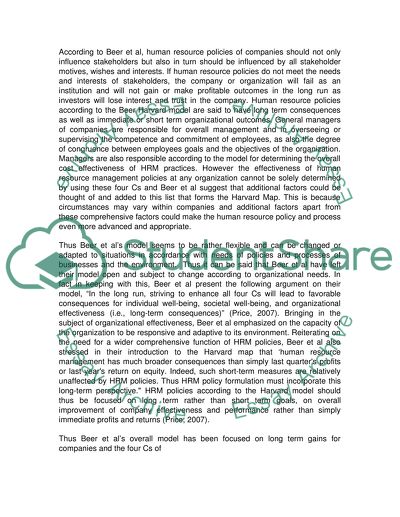Cite this document
(“Human Resource Management in its environment Essay”, n.d.)
Human Resource Management in its environment Essay. Retrieved from https://studentshare.org/miscellaneous/1543924-human-resource-management-in-its-environment
Human Resource Management in its environment Essay. Retrieved from https://studentshare.org/miscellaneous/1543924-human-resource-management-in-its-environment
(Human Resource Management in Its Environment Essay)
Human Resource Management in Its Environment Essay. https://studentshare.org/miscellaneous/1543924-human-resource-management-in-its-environment.
Human Resource Management in Its Environment Essay. https://studentshare.org/miscellaneous/1543924-human-resource-management-in-its-environment.
“Human Resource Management in Its Environment Essay”, n.d. https://studentshare.org/miscellaneous/1543924-human-resource-management-in-its-environment.


